Home>Dining>Table Decor>What Are Good Funeral Floral Arrangements
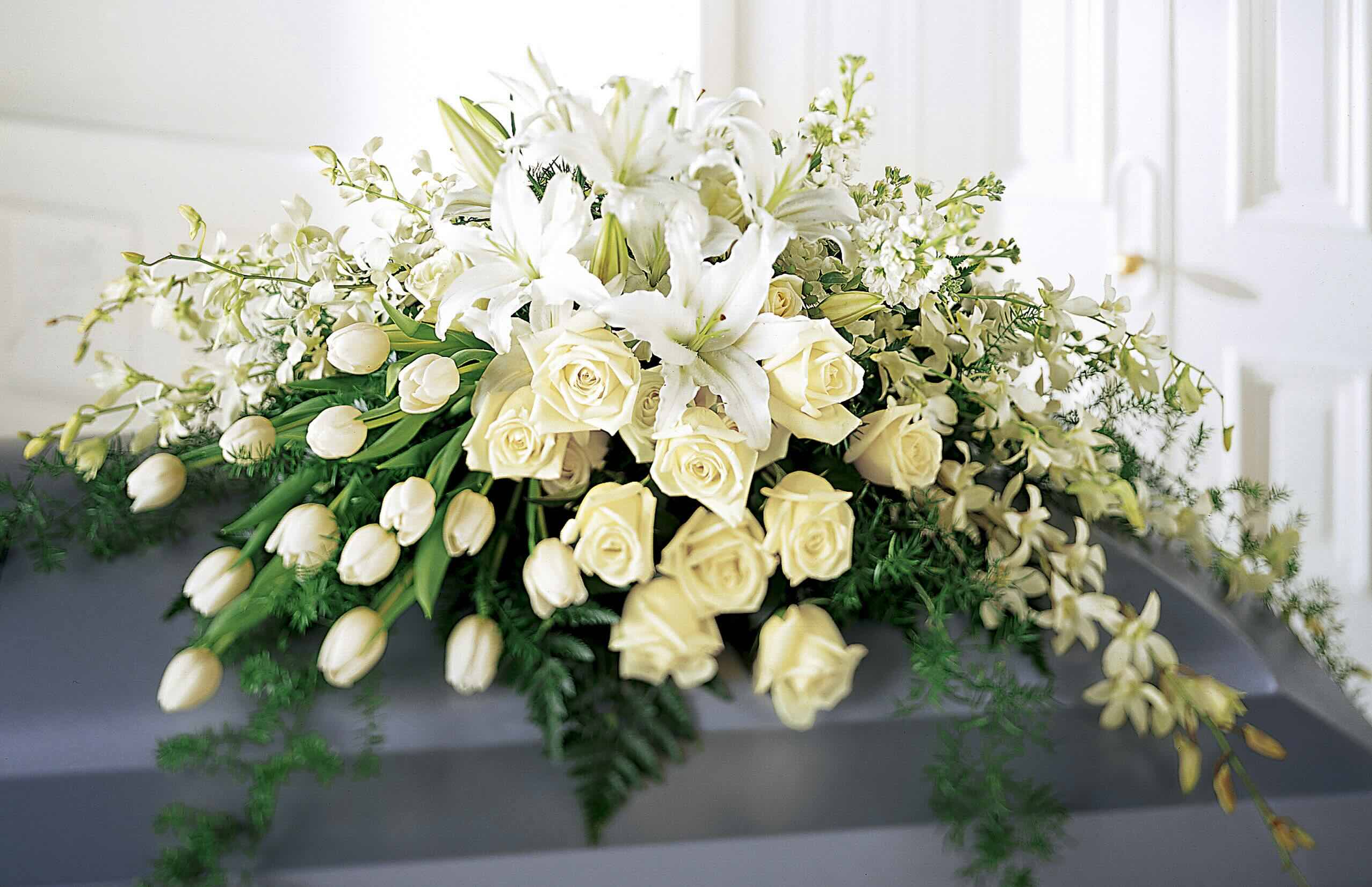

Table Decor
What Are Good Funeral Floral Arrangements
Modified: January 5, 2024
Looking for good funeral floral arrangements? Our table decor options are elegantly designed to pay tribute and offer comfort during this difficult time.
(Many of the links in this article redirect to a specific reviewed product. Your purchase of these products through affiliate links helps to generate commission for Storables.com, at no extra cost. Learn more)
Introduction
Funeral floral arrangements play an integral role in honoring and paying tribute to a departed loved one. The use of flowers in funerals dates back centuries, serving as a poignant expression of love, sympathy, and remembrance. The beauty and symbolism of flowers can bring solace and comfort to grieving families, creating a serene and peaceful atmosphere during a difficult time.
With time, funeral floral arrangements have evolved from traditional designs to more modern and personalized creations that reflect the unique life and personality of the deceased. Whether you opt for a classic arrangement, a contemporary design, or something entirely customized, the right choice of flowers and arrangement style can evoke emotions and memories while providing a meaningful tribute.
In this article, we will explore the different types of funeral floral arrangements, from the traditional to the modern and personalized. We will also discuss some considerations to keep in mind when choosing funeral floral arrangements, as well as the benefits they bring to the grieving process.
Key Takeaways:
- Funeral floral arrangements offer comfort and solace, honoring the departed with timeless tradition or modern innovation, reflecting their unique spirit and providing a meaningful presence during the grieving process.
- Personalized funeral floral arrangements capture the essence of the departed, incorporating meaningful symbols, cultural traditions, and thematic elements to create a lasting and heartfelt tribute.
Read more: What Are Floral Arrangements
Traditional Funeral Floral Arrangements
Traditional funeral floral arrangements are characterized by their classic designs and time-honored symbolism. These arrangements often feature a combination of flowers, foliage, and sometimes even ribbons or bows, arranged in a traditional shape.
One popular choice for traditional funeral floral arrangements is the wreath. Wreaths are circular in shape, symbolizing eternal life, and are typically displayed on a stand or hung on a door or wall. They can be made using a variety of flowers, such as roses, lilies, chrysanthemums, and carnations, and often include greenery like ferns or ivy to add depth and texture.
Another traditional option is the spray. Sprays consist of long-stemmed flowers and foliage arranged to form a cascading or fan-shaped design. They can be placed on top of the casket during the funeral service or displayed on a stand near the casket. Common flowers used in sprays include lilies, gladioli, roses, and orchids.
Basket arrangements are also a traditional choice for funerals. These arrangements are typically made in a woven basket and can be placed on a table or displayed on a stand. They often feature a mix of flowers and greenery and are a versatile option that can be customized to suit different tastes and preferences.
Lastly, bouquets or vase arrangements are a common choice for expressing condolences to the grieving family. These smaller arrangements can be placed on a table or offered directly to the family as a gesture of support. They can be designed using a variety of flowers, and the choice of blooms can convey specific sentiments. For example, white lilies are often associated with purity and innocence, while red roses symbolize love and respect.
Traditional funeral floral arrangements have stood the test of time because of their timeless appeal and the comfort they offer to grieving families. The familiarity of these arrangements can provide a sense of tradition and continuity during a difficult and emotional period, allowing mourners to find solace in their beauty and symbolism. However, as funeral customs evolve, many individuals are now opting for more modern and personalized alternatives to reflect the unique personality and life of the departed.
Modern Funeral Floral Arrangements
Modern funeral floral arrangements have gained popularity as more people seek to honor their loved ones in a unique and personalized way. These arrangements often depart from the traditional designs and instead incorporate contemporary elements, innovative shapes, and artistic flair.
One modern approach to funeral floral arrangements is the use of asymmetrical designs. Instead of the balanced and symmetrical arrangements commonly seen in traditional styles, asymmetrical designs embrace a more organic and natural aesthetic. These arrangements often feature flowing lines, varied heights, and unexpected combinations of flowers and foliage. They can be striking and eye-catching, allowing mourners to appreciate the beauty of nature in a less formal manner.
Sculptural arrangements have also become a popular choice for modern funeral floral displays. These arrangements take inspiration from artistic principles and use flowers, foliage, and other materials to create unique and visually engaging sculptures. These arrangements can be standalone pieces or combined with traditional elements for a contemporary twist.
Another trend in modern funeral floral arrangements is the use of non-traditional and unconventional flowers. While traditional arrangements often feature popular blooms like roses and lilies, modern arrangements may incorporate lesser-known flowers or even exotic varieties. This allows for a more personalized touch and the opportunity to select blooms that hold special meaning or significance.
Color plays a significant role in modern funeral floral arrangements. While traditional arrangements often focus on white or muted tones to convey a sense of solemnity and reverence, modern arrangements embrace a wider range of colors. Vibrant and bold hues can be used to celebrate the life and personality of the departed, reflecting their unique spirit and energy.
The rise of eco-consciousness has also influenced modern funeral floral arrangements. Many individuals now opt for sustainable and eco-friendly options, such as using locally sourced flowers and biodegradable materials. These arrangements not only pay tribute to the departed but also demonstrate a commitment to the environment.
Modern funeral floral arrangements provide a way to break free from traditional norms and create a more personalized and meaningful tribute. They allow mourners to express their creativity, reflect the individuality of the departed, and celebrate their unique life in a contemporary and artistic manner.
Personalized Funeral Floral Arrangements
Personalized funeral floral arrangements have become increasingly popular as individuals seek to create a bespoke tribute that truly captures the essence of their departed loved one. These arrangements go beyond traditional or modern designs and focus on incorporating elements that hold special meaning or significance.
One way to personalize funeral floral arrangements is by incorporating specific flowers or plants that held significance to the deceased. For example, if the departed had a favorite flower or a particular flower associated with a special memory, incorporating it into the arrangement can be a beautiful way to honor their life and passions.
Another way to customize funeral floral arrangements is by incorporating meaningful symbols or objects. This can include things like incorporating items related to the deceased”s hobbies or interests, such as musical instruments, sports equipment, or even personal mementos. These thoughtful touches can add a deeply personal and sentimental element to the arrangement.
Personalized funeral floral arrangements can also be tailored to reflect cultural or religious traditions. Different cultures have specific flowers or floral symbolism associated with funerals and memorial services. Incorporating these traditions into the arrangements can help create a meaningful and culturally appropriate tribute.
Some individuals may choose to create thematic funeral floral arrangements that reflect the departed”s personality, passions, or even their profession. For example, if the deceased was an avid gardener, the arrangement could include gardening tools or a variety of flowers associated with gardening. If the departed had a career in the medical field, incorporating symbolic elements like a stethoscope or a doctor”s coat can pay homage to their profession.
Personalized funeral floral arrangements are a way to create a lasting tribute that truly represents the unique life and spirit of the departed. By incorporating specific flowers, meaningful symbols, cultural traditions, or thematic elements, these arrangements become a reflection of the individual”s personality, passions, and cherished memories.
When choosing funeral floral arrangements, consider the deceased’s favorite flowers or colors, and opt for elegant and understated designs such as wreaths, standing sprays, or casket sprays.
Types of Flowers commonly used in Funeral Arrangements
When it comes to selecting flowers for funeral arrangements, certain blooms are commonly used due to their symbolism, beauty, and the emotions they evoke. These flowers help convey messages of love, sympathy, and remembrance. Here are some commonly used flowers in funeral arrangements:
- Roses: Roses are classic and versatile flowers that are often associated with love and beauty. The color selection plays a significant role in conveying different sentiments. Red roses symbolize love and respect, while white roses signify purity and innocence. Yellow roses are often used to represent friendship and appreciation.
- Lilies: Lilies are elegant and symbolic flowers that are frequently used in funeral arrangements. The white lily, in particular, symbolizes purity and the restored innocence of the soul. These flowers evoke a sense of peace and tranquility.
- Chrysanthemums: Chrysanthemums, also known as mums, are popular in funeral arrangements around the world and hold different meanings depending on the culture. In many European countries, they are associated with grieving and are often used to honor the deceased.
- Carnations: Carnations are long-lasting flowers with ruffled petals and come in a variety of colors. They are often used in funeral arrangements to symbolize love, devotion, and remembrance. Pink carnations are associated with the love of a mother, while red carnations represent admiration.
- Orchids: Orchids are exotic and elegant flowers that exude beauty and grace. These flowers are often used to convey sentiments of love, strength, and beauty. The delicate and intricate blossoms of orchids add a touch of sophistication to any funeral arrangement.
- Gladioli: Gladioli are tall, graceful flowers often chosen for their dramatic presence. They symbolize strength, integrity, and sincerity. These flowers are frequently used to create stunning sprays that adorn the top of the casket during funeral services.
- Tulips: Tulips are vibrant and elegant flowers that are available in a variety of colors. While each color carries its own symbolism, white tulips are commonly used in funeral arrangements to represent purity and grace. These flowers offer a serene and soothing presence.
- Hydrangeas: Hydrangeas are lush and abundant flowers that symbolize heartfelt emotions and gratitude. These flowers come in various colors, including white, blue, and pink. Their large clusters of blooms can create a soft and comforting atmosphere in funeral floral arrangements.
These are just a few examples of the flowers commonly used in funeral arrangements. The choice of flowers should align with the personality and preferences of the departed and the sentiments that the family wishes to convey.
Considerations when Choosing Funeral Floral Arrangements
When selecting funeral floral arrangements, there are several important considerations to keep in mind. These considerations will ensure that the arrangements are appropriate, meaningful, and reflect the wishes of the grieving family. Here are some key factors to consider:
- Relationship to the Deceased: Consider your relationship to the departed and choose an arrangement that reflects the nature of your connection. Immediate family members may opt for larger and more prominent displays, while extended family or friends may choose smaller arrangements or bouquets.
- Cultural and Religious Customs: Take into account any cultural or religious customs associated with the funeral. Different cultures have specific traditions and symbolic meanings tied to funeral flowers. Be respectful of these traditions and choose flowers that align with them.
- Personality and Preferences of the Deceased: Reflect on the personality and preferences of the departed. Were they drawn to specific flowers? Did they have a favorite color? Incorporating elements that were meaningful to them can make the arrangements more personal and heartfelt.
- Symbolism and Meaning: Consider the symbolism associated with different flowers and colors. Each bloom carries its own significance, so select flowers that convey the desired message. For example, white flowers often represent purity and innocence, while red blooms symbolize love and respect.
- Budget: Determine your budget for the funeral floral arrangements. Flowers can range in price depending on the types chosen, the size of the arrangements, and any additional customization. Work with a florist to find options that fit within your budget while still maintaining the desired impact.
- Seasonality: Take into account the season when choosing flowers. Some blooms may be more readily available and affordable during certain times of the year. Opting for seasonal flowers can ensure freshness and reduce costs.
- Service Location: Consider the location of the funeral service when choosing arrangements. You want the flowers to complement the space and not overwhelm it. For example, larger arrangements may be suitable for a spacious venue, while smaller bouquets may be more appropriate for an intimate setting.
- Transportation and Disposal: Keep in mind the logistics of transporting and disposing of the arrangements after the funeral. Make arrangements with the florist or funeral home for the removal and disposal of the flowers once the services have concluded.
By considering these factors, you can make informed decisions when choosing funeral floral arrangements. Discuss your preferences and ideas with a trusted florist who can guide you in creating arrangements that honor the departed and provide comfort to the grieving family.
Benefits of Funeral Floral Arrangements
Funeral floral arrangements offer several benefits for both the grieving family and those attending the services. These beautiful displays of flowers bring comfort, solace, and a sense of beauty during a difficult time. Here are some of the benefits of incorporating funeral floral arrangements:
- Expressing Sympathy and Love: Funeral flowers are a tangible expression of sympathy and love for the departed and their grieving family. They convey emotions that can be difficult to put into words, offering comfort and solace to those who are mourning.
- Creating a Serene Atmosphere: The presence of flowers can create a serene and peaceful atmosphere during funeral services. The beauty and fragrance of the blooms have a soothing effect on attendees, providing a sense of calmness amidst the grief.
- Honoring the Departed: Funeral floral arrangements are a thoughtful way to honor the life and memory of the departed. They serve as a visual representation of love, respect, and remembrance, paying tribute to their unique spirit and the positive impact they had on others.
- Providing Support to the Grieving Family: Funeral flowers are a gesture of support and condolence to the grieving family. They show that others are thinking of them and share in their sorrow. The sight of floral arrangements can be a source of comfort and reassurance during a challenging time.
- Offering a Focal Point of Remembrance: Funeral floral arrangements can serve as a focal point for remembering and celebrating the life of the departed. They draw attention and provide a visual reminder of the person being honored, allowing attendees to reflect on fond memories and shared moments.
- Symbolizing Life and Renewal: Flowers are inherently associated with life, growth, and renewal. As such, they symbolize the cycle of life and offer a sense of hope and optimism amidst the sorrow of loss. Funeral flowers serve as a reminder that life continues, even in the face of death.
- Bringing Color and Beauty: Funeral floral arrangements bring color, vibrancy, and natural beauty to otherwise somber surroundings. They offer visual upliftment, bringing a sense of brightness and positivity during a time that can often feel dark and heavy.
- Encouraging Support and Connection: The presence of funeral floral arrangements can inspire others to express their condolences and share stories and memories of the departed. This fosters a sense of connection, allowing mourners to come together and support one another through their shared grief.
Funeral floral arrangements play an essential role in funeral ceremonies and memorial services. They provide comfort, honor the departed, and offer a visual representation of love, support, and remembrance. Whether it is a traditional arrangement, a modern design, or a personalized tribute, funeral flowers hold deep symbolic meaning and provide a meaningful presence during the grieving process.
Conclusion
Funeral floral arrangements hold a significant role in honoring and remembering our departed loved ones. Whether they are traditional, modern, or personalized, these arrangements serve as a tangible expression of sympathy, love, and remembrance during a difficult time.
Traditional funeral floral arrangements provide a sense of comfort and familiarity, offering a timeless tribute to the departed. Wreaths, sprays, baskets, and bouquets are crafted using a combination of flowers and greenery, symbolizing eternal life and conveying messages of love and respect.
Modern funeral floral arrangements offer a fresh and innovative approach, departing from the traditional designs to incorporate asymmetrical shapes, sculptural elements, and non-traditional flowers. These arrangements allow individuals to create a personalized and artistic tribute that reflects the unique personality and spirit of the departed.
For those seeking a more personalized touch, funeral floral arrangements can be customized to incorporate specific flowers, meaningful symbols, cultural traditions, or thematic elements. By infusing these elements, the arrangements become a reflection of the individual’s life, passions, and cherished memories.
Choosing the right flowers for funeral arrangements requires careful consideration. Factors such as the relationship to the deceased, cultural traditions, personality, and symbolism of the flowers, budget, service location, and logistics should be taken into account. By considering these factors, a meaningful and appropriate tribute can be created.
The benefits of funeral floral arrangements are numerous. They express sympathy and love, create a serene atmosphere, honor the departed, provide support to the grieving family, and offer a focal point for remembrance. Funeral flowers bring color, beauty, and a sense of hope during a challenging time, while also encouraging support and connection among mourners.
In conclusion, funeral floral arrangements are a meaningful and beautiful way to honor and remember our loved ones. Regardless of the style or design chosen, these arrangements provide a source of comfort and solace, allowing us to grieve, celebrate, and find solace in the memories of those we have lost.
Frequently Asked Questions about What Are Good Funeral Floral Arrangements
Was this page helpful?
At Storables.com, we guarantee accurate and reliable information. Our content, validated by Expert Board Contributors, is crafted following stringent Editorial Policies. We're committed to providing you with well-researched, expert-backed insights for all your informational needs.
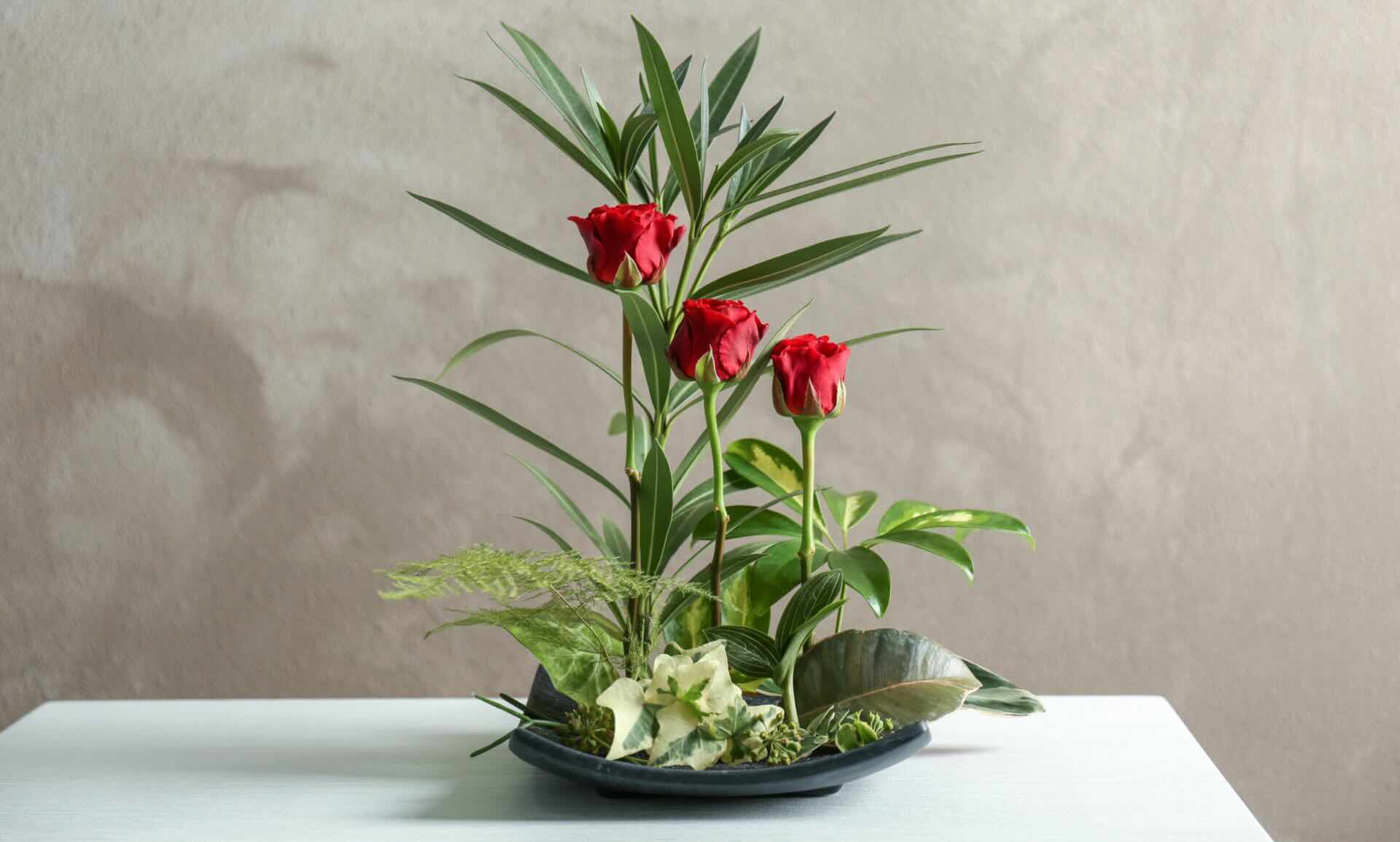
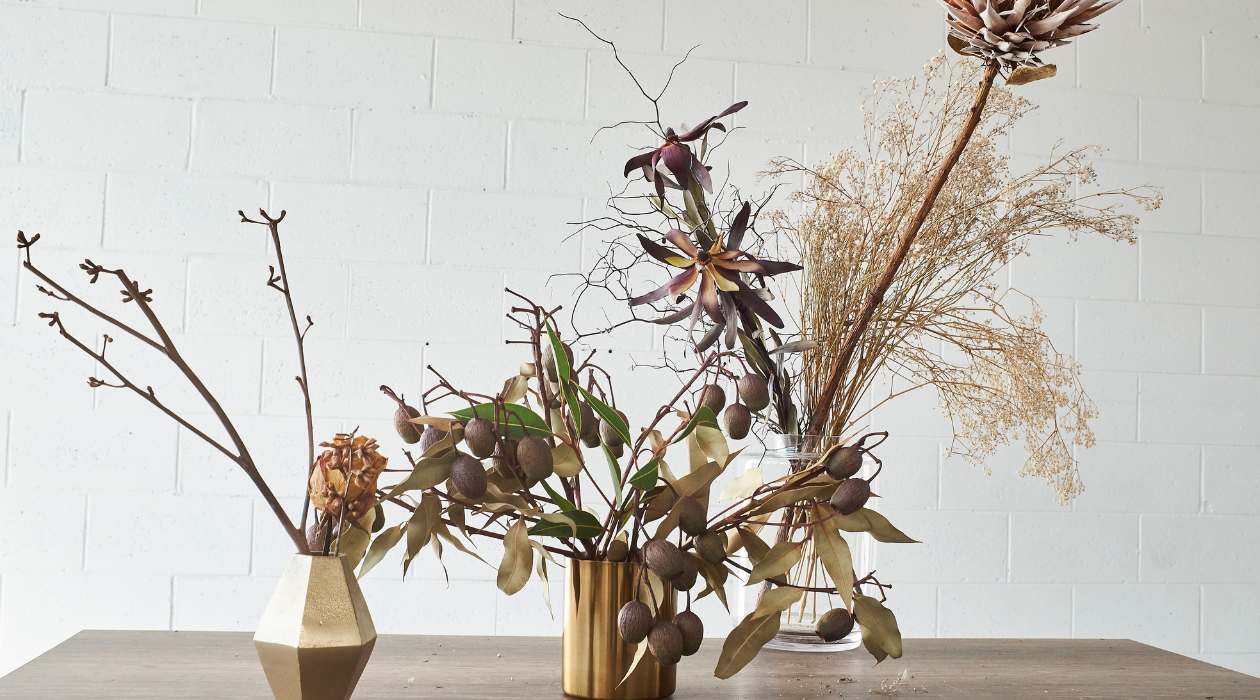
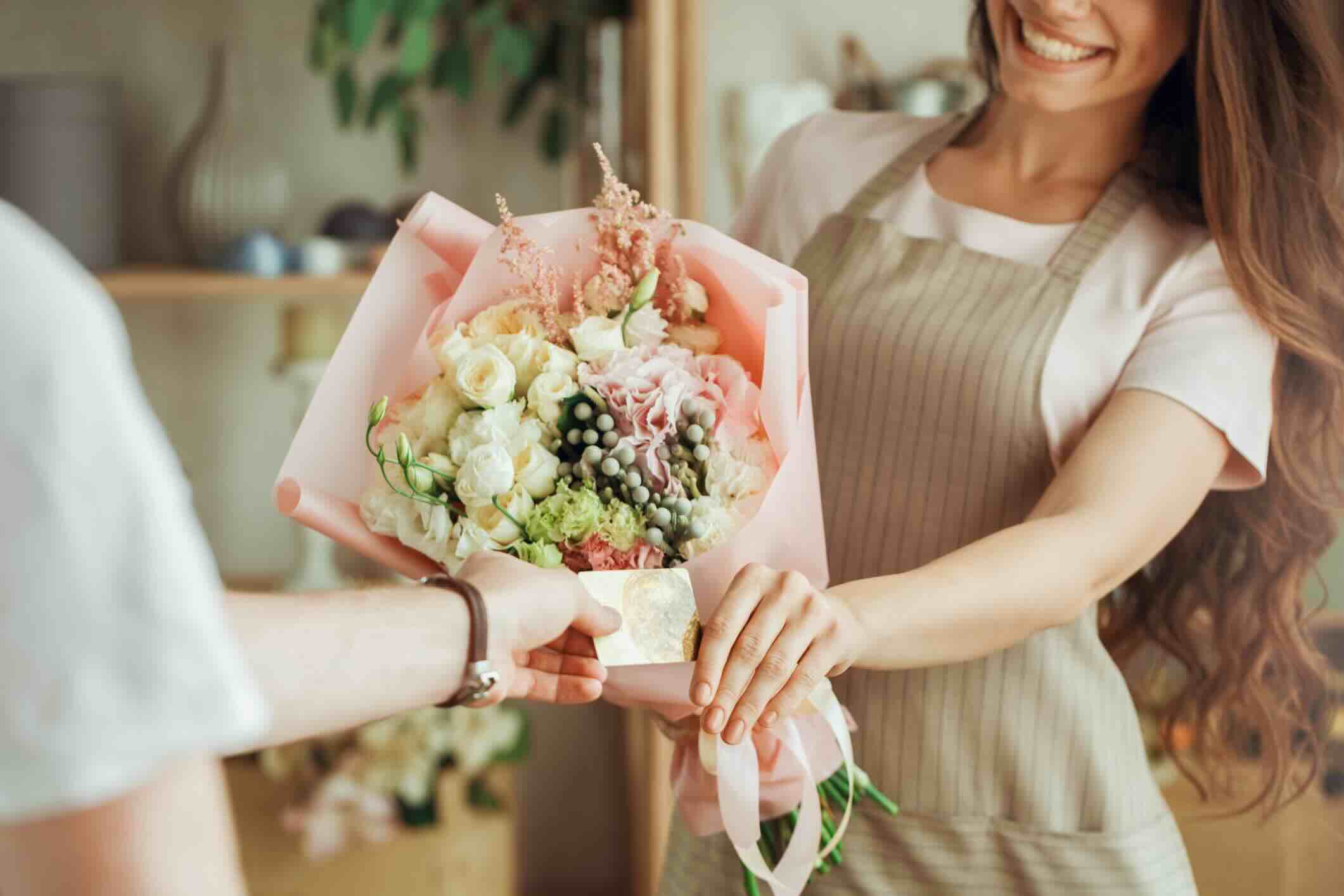
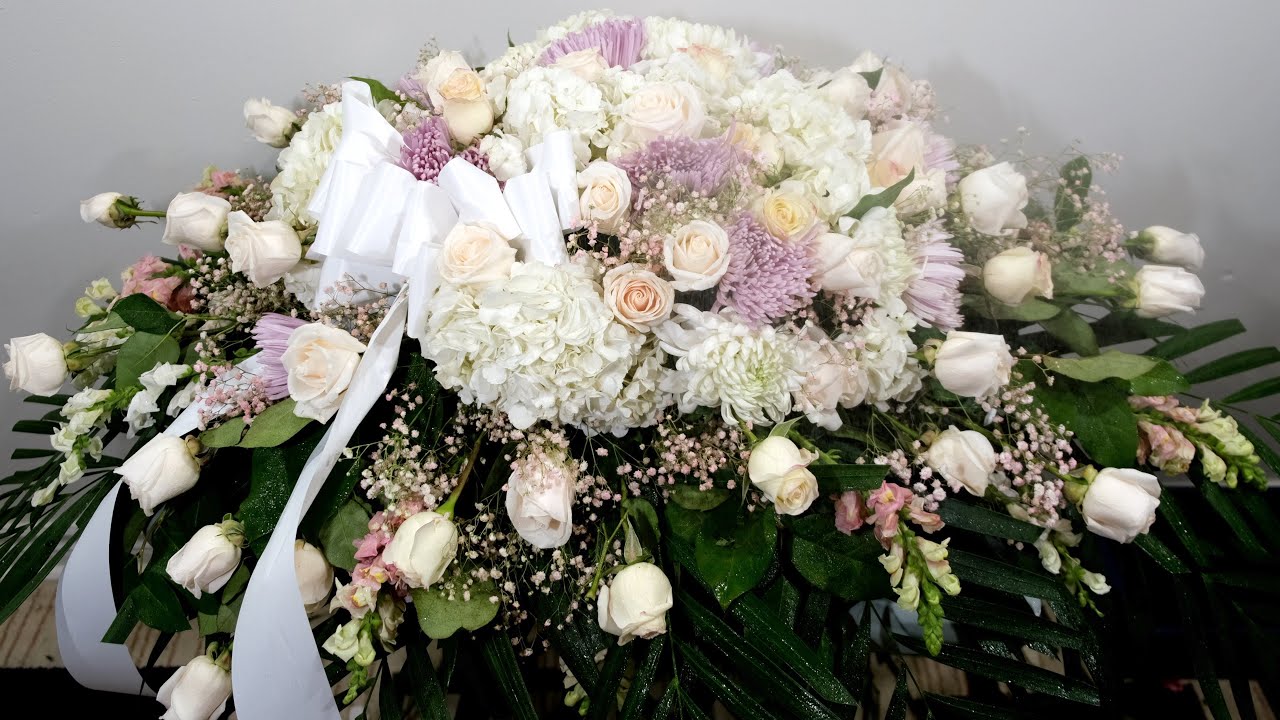
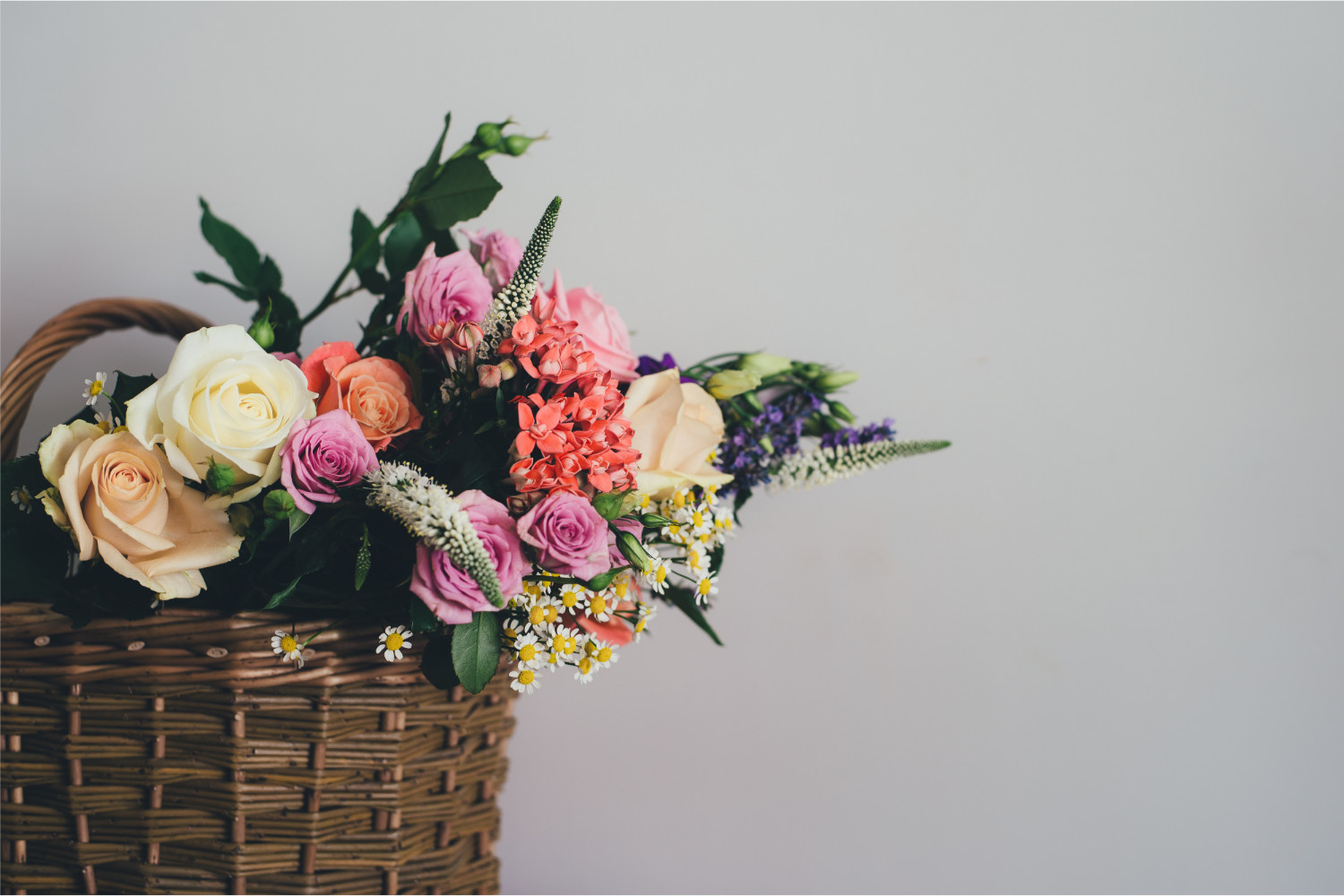
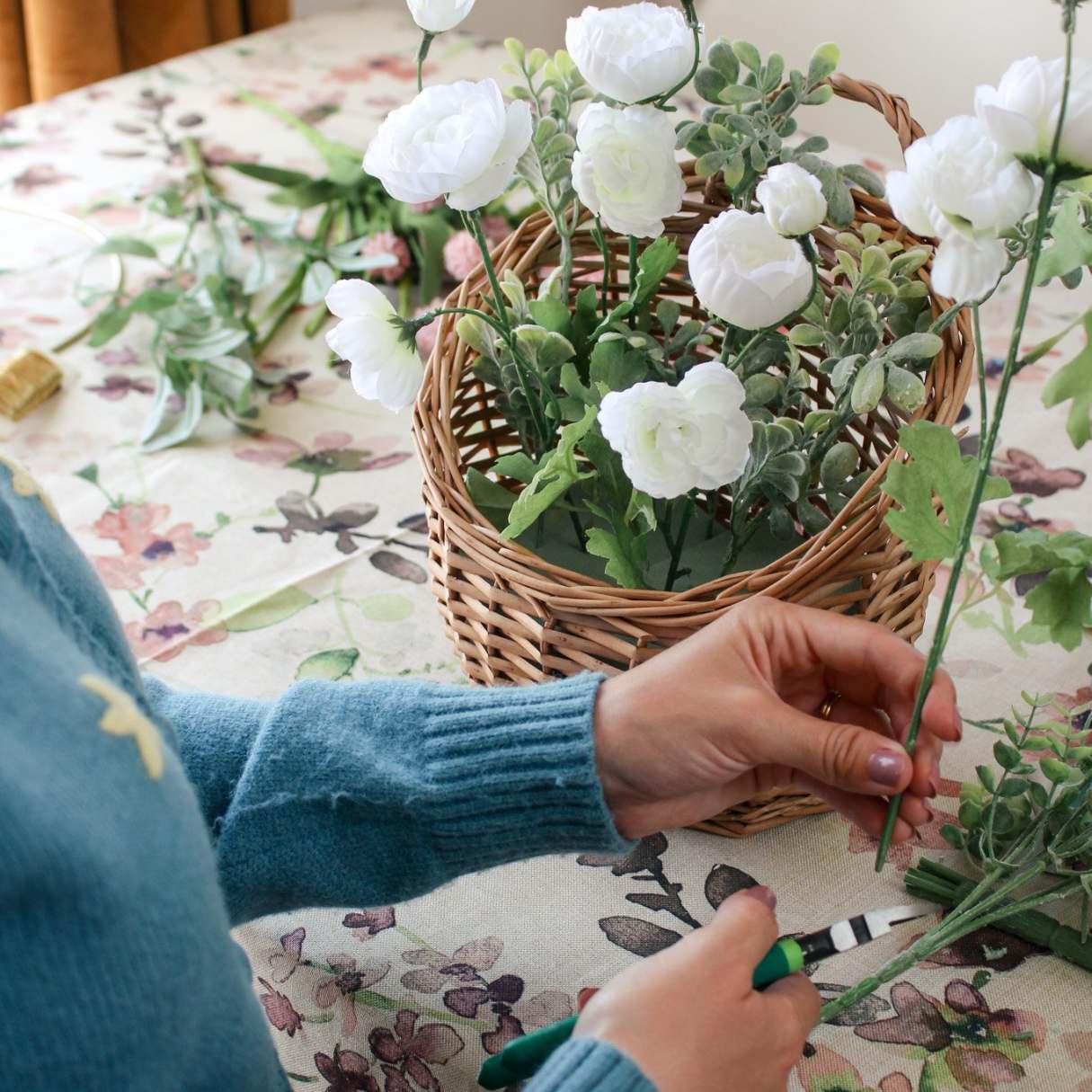
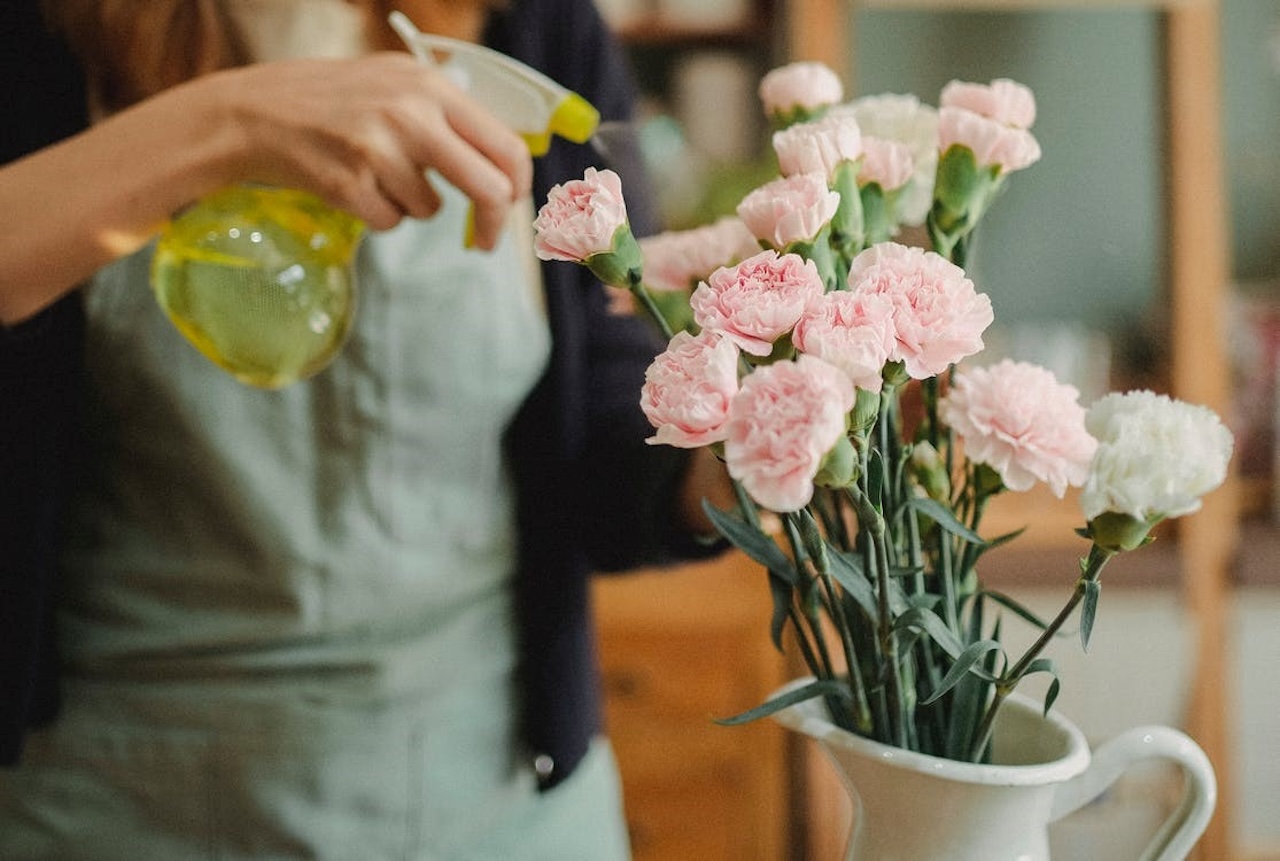
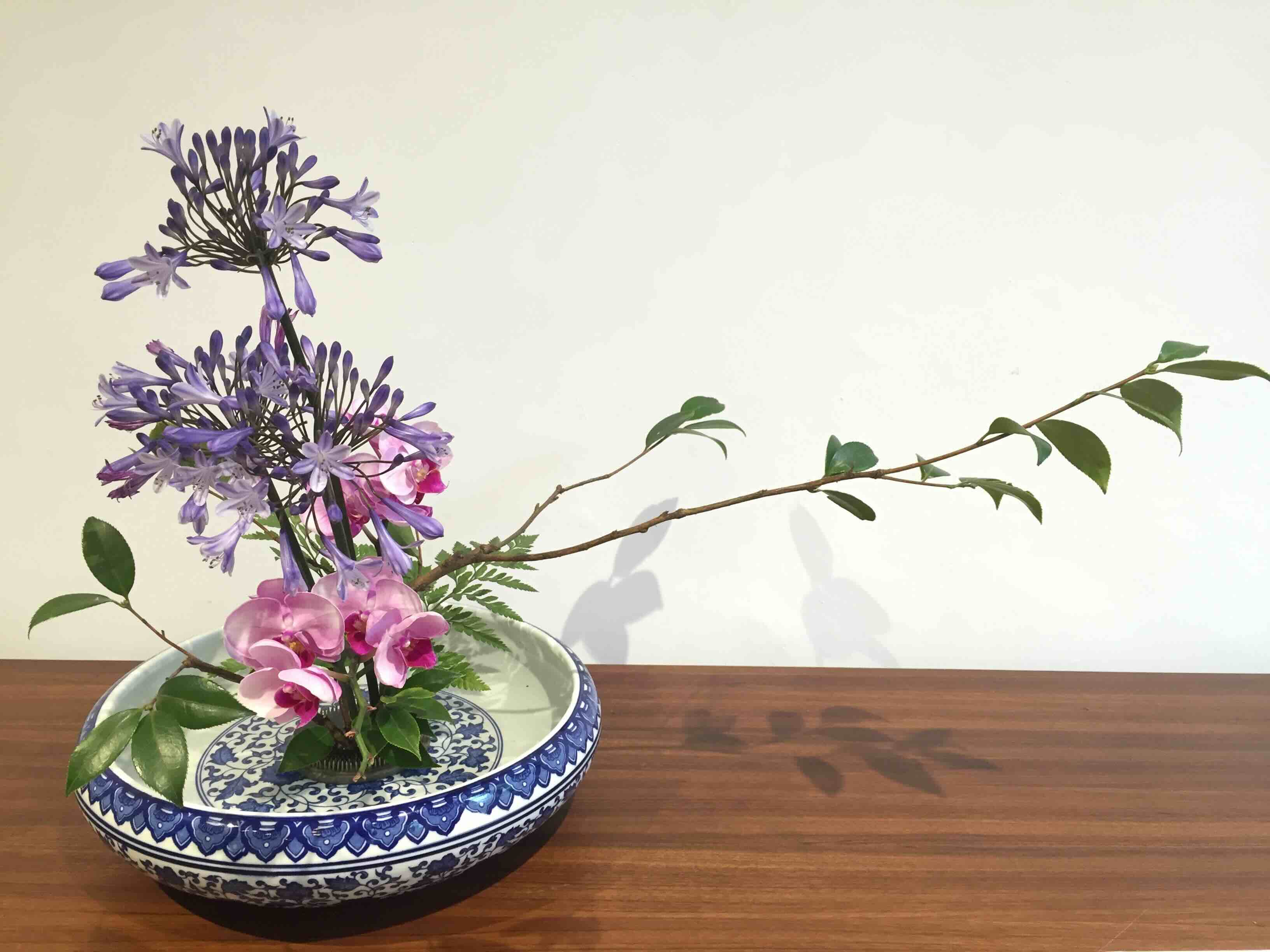
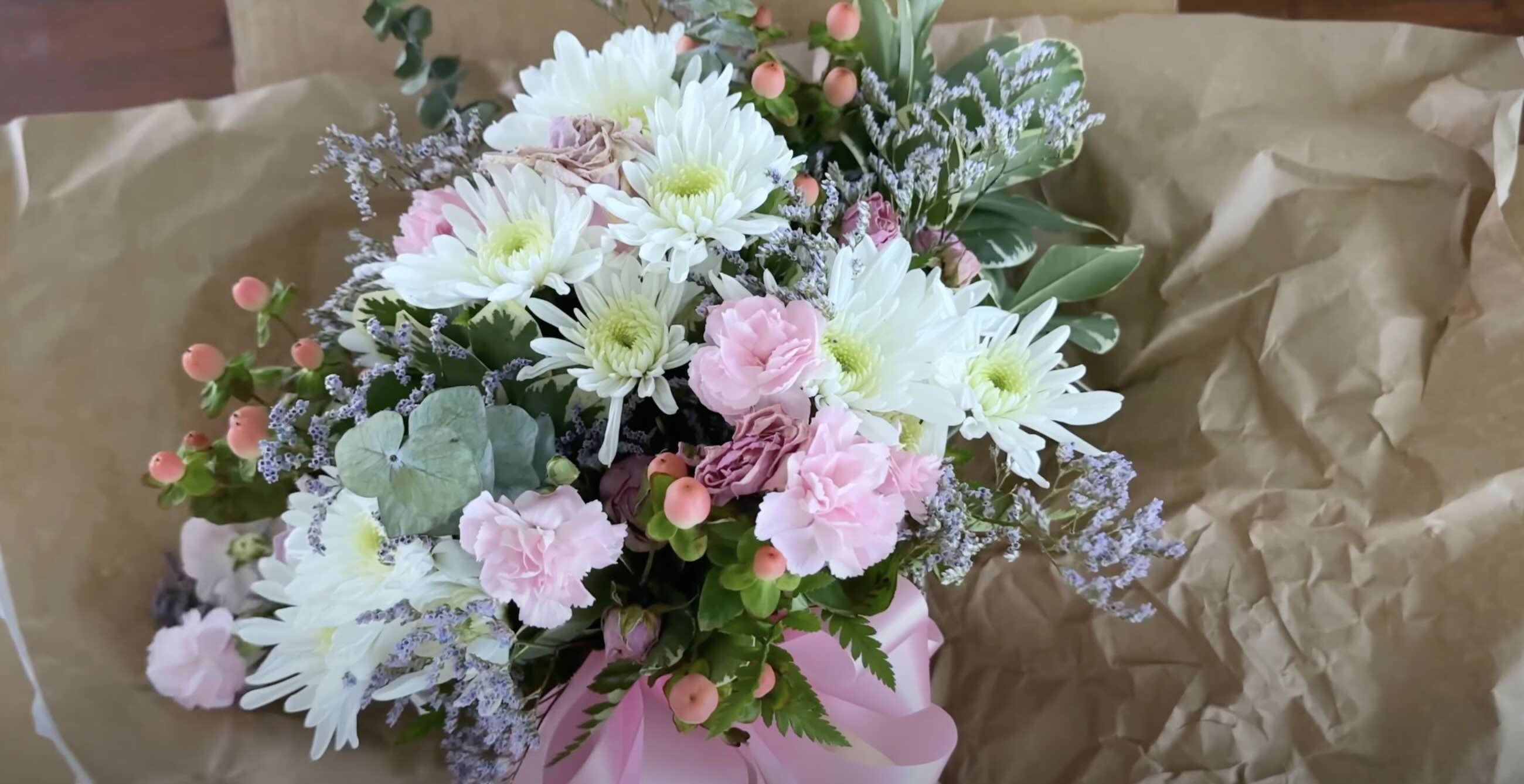
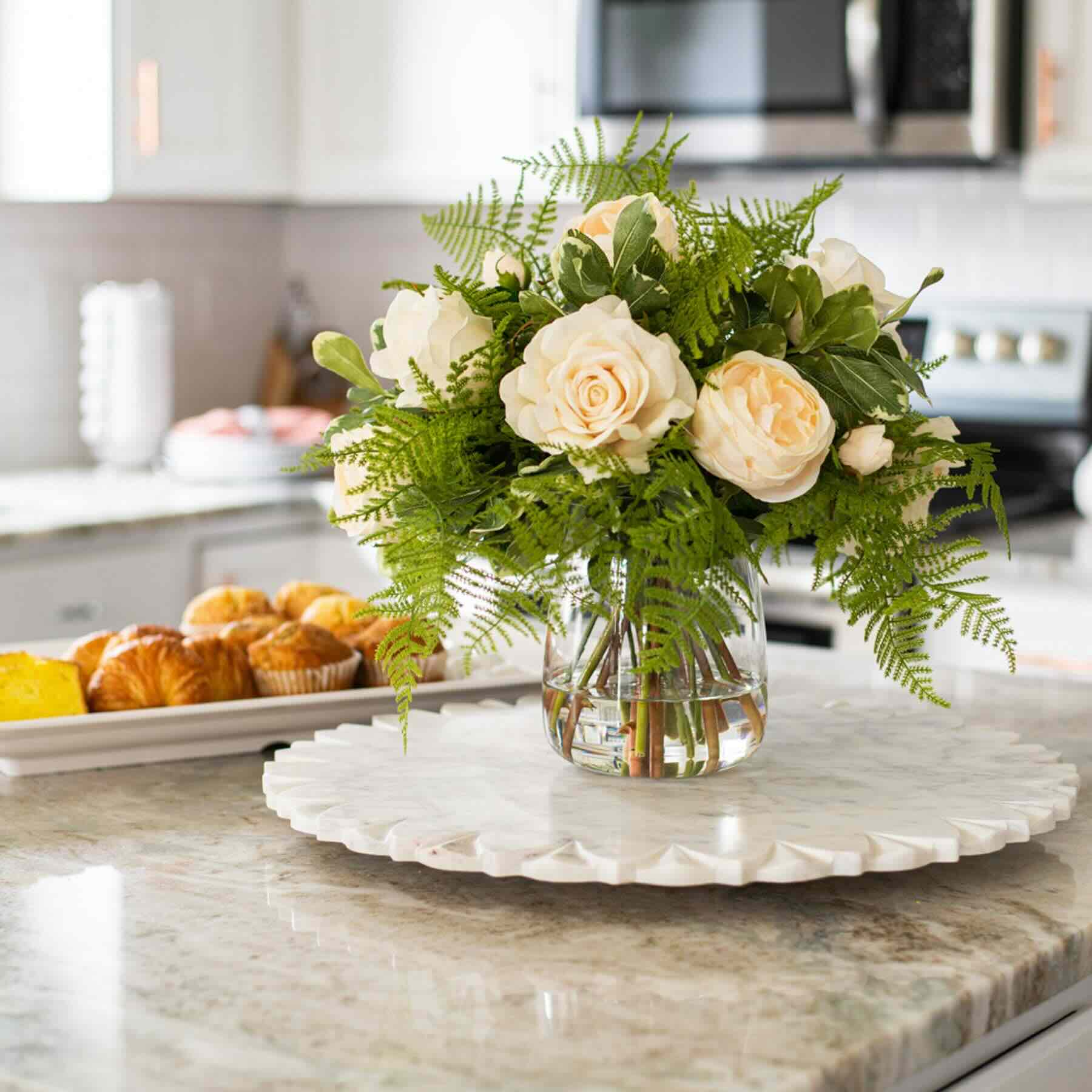
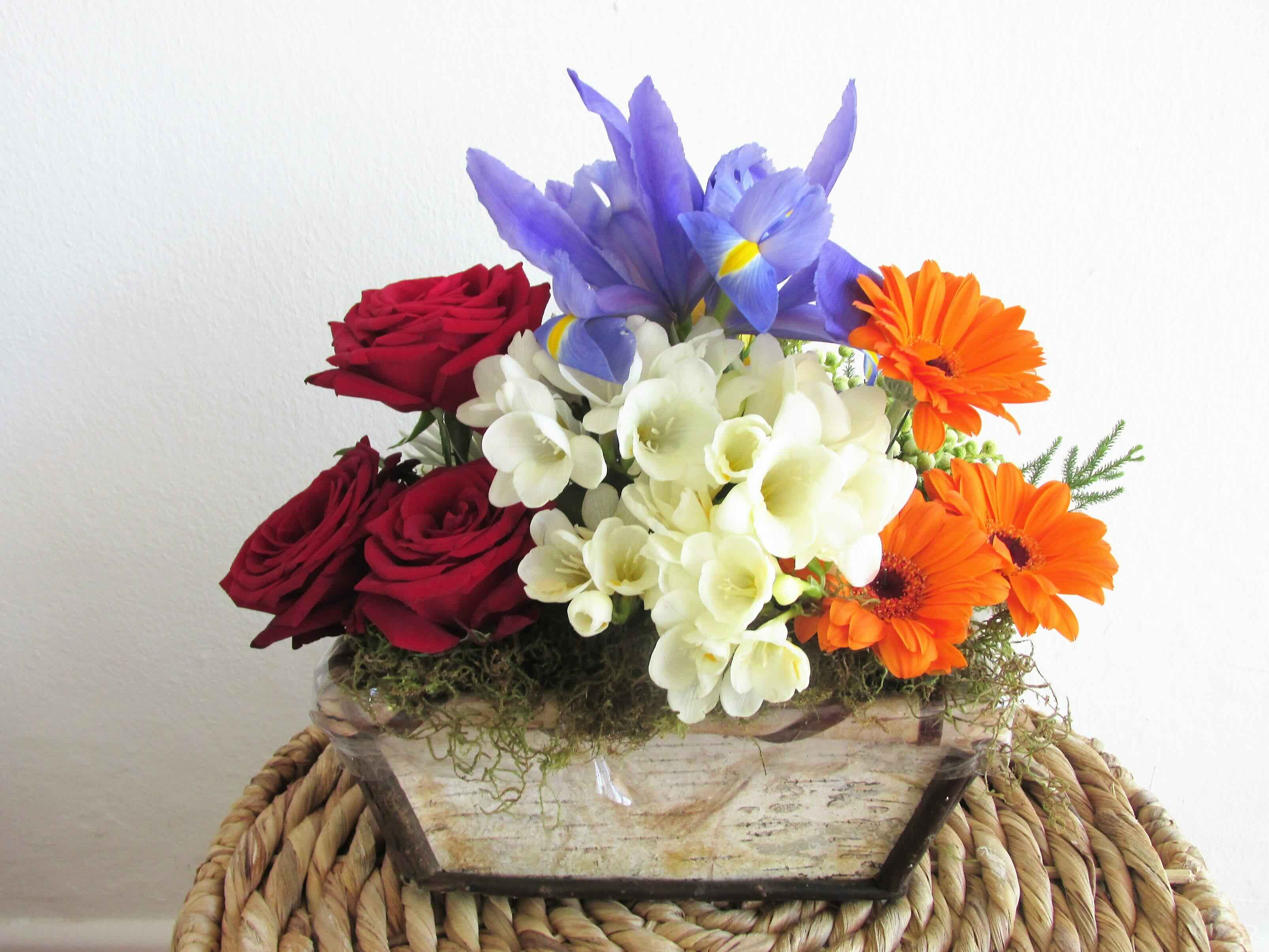
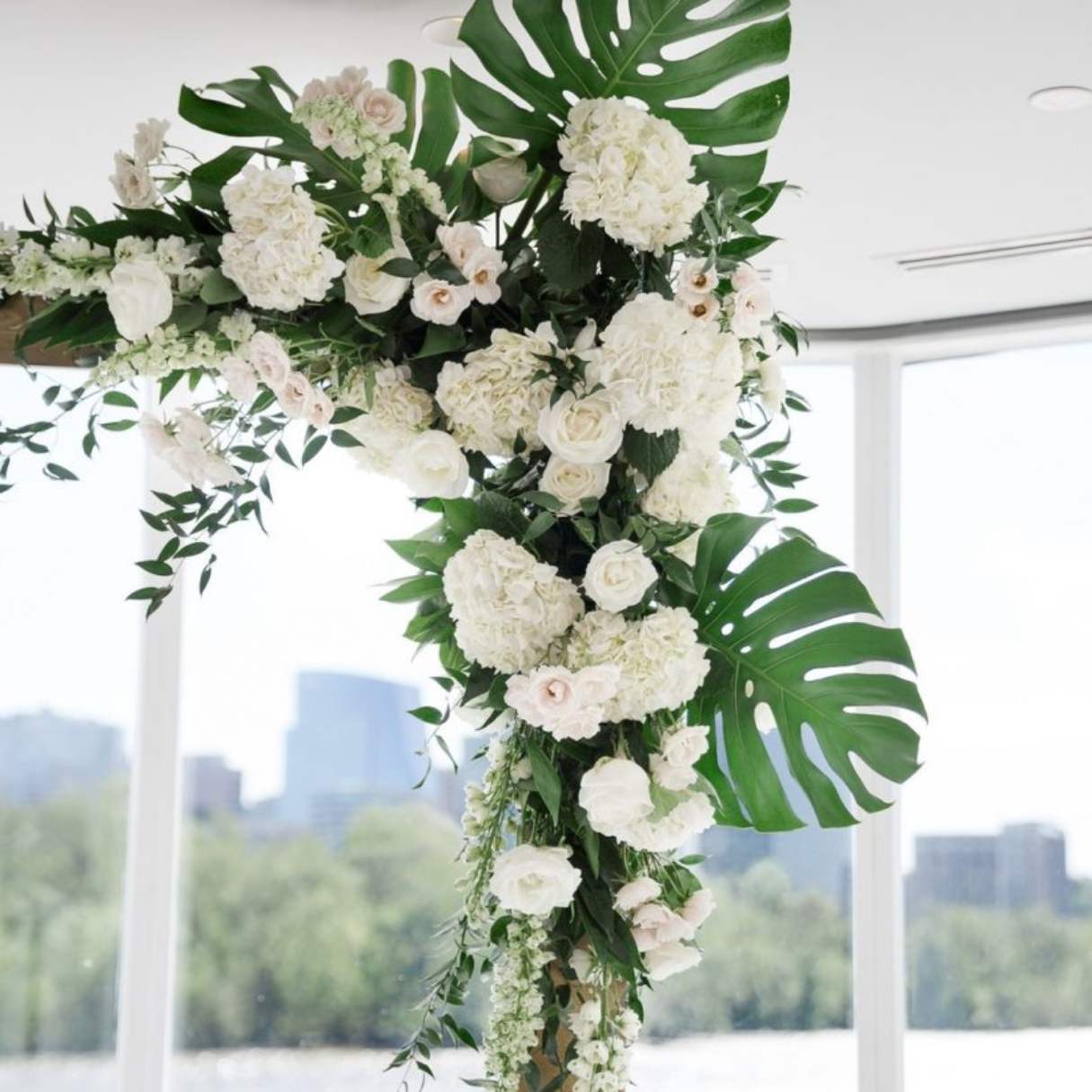
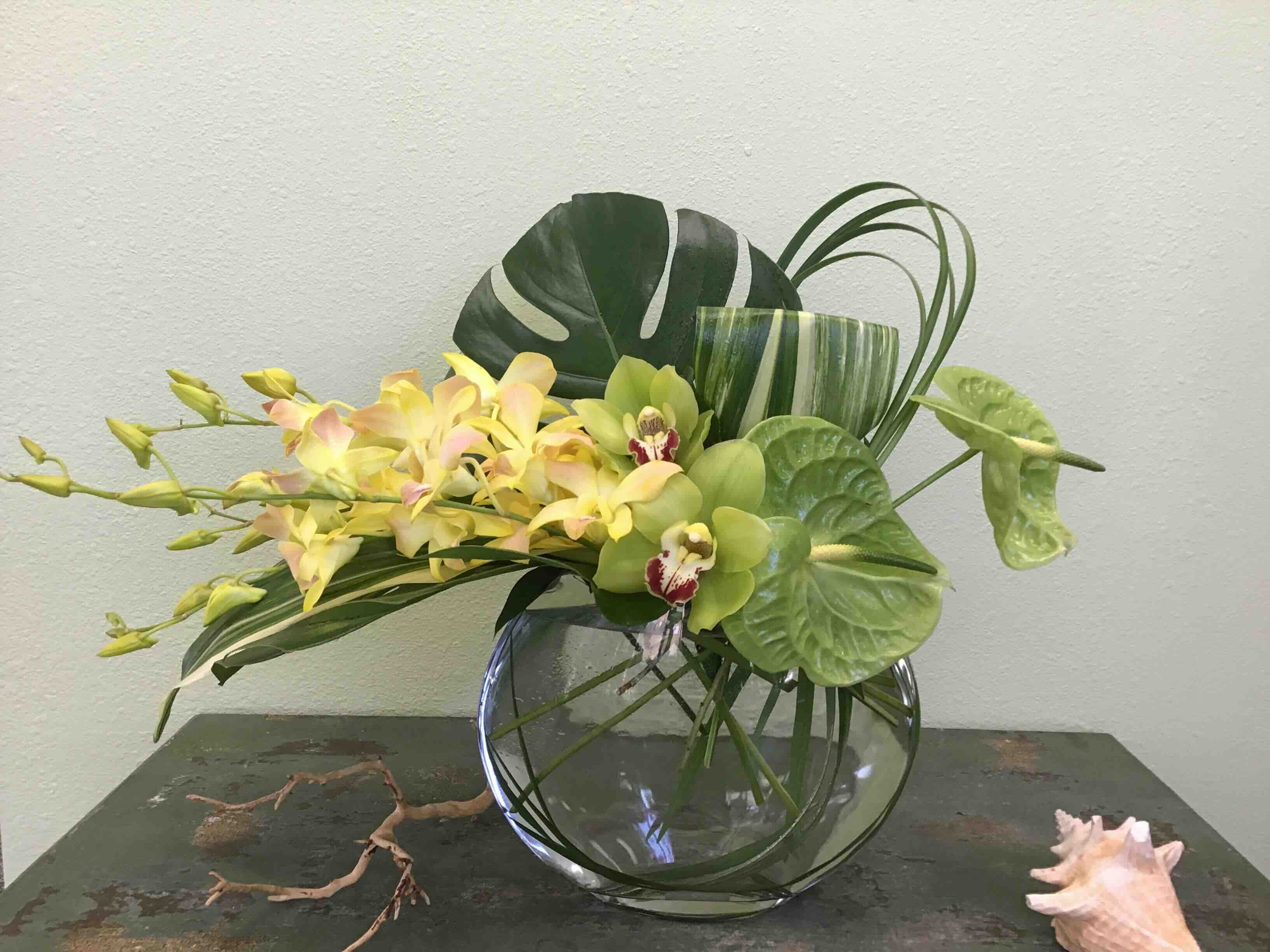
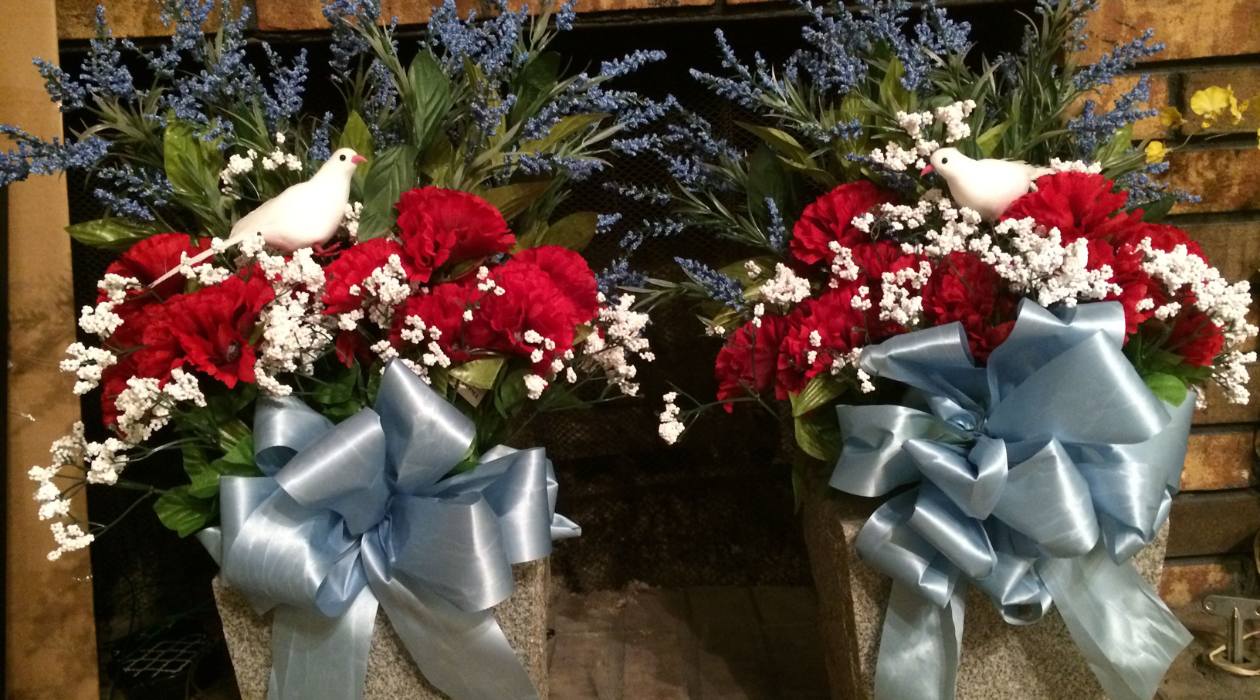

0 thoughts on “What Are Good Funeral Floral Arrangements”